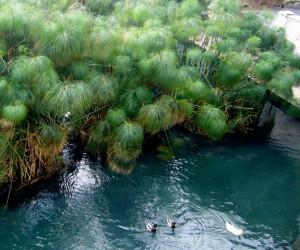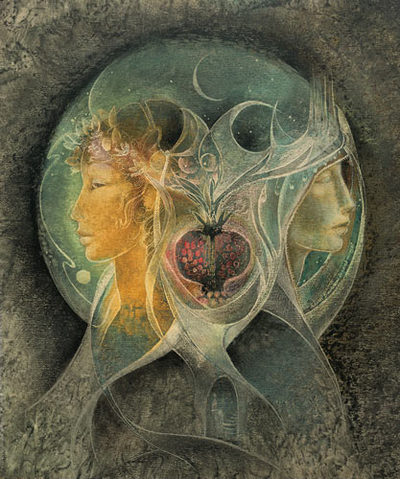According to my correspondance with Pierre Guillaume, (the self- proclaimed "chemist" behind some of the most evocative and finely crafted fragrances I love), Papyrus de Ciane, " is not just a "Top+Heart" green note. It's a green scent completely embodied, with a complete course in the green galaxy. Papyrus is built like a green story, not only like cut grass. The Ciane river is the biggest natural wildlife park in Europe for papyrus. Broom is also a specific vegetal from this area: papyrus & broom are 2 key notes of the scent."
So here we have PG fragrance No.24…
Yet all of Pierre's fragrances evoke ideas and stories and fulfills his desire to capture a corresponding emotion or state of mind in his art.
I wanted more. So I will tell you my story of Papyrus and Ciane. It does not have a happy ending.
Papyrus was brought to Southern Sicily from Egypt in 250 BC, a present from King Ptolemy to Hiero II, ruler of Syracuse. Hiero had established regular contacts with Alexandria, where a sizeable Syracusan community built up, employed in trade and in the arts and sciences (Archimedes studied mathematics in Alexandria in this period before returning to Syracuse to produce his major work).
The Papyrus was planted in a grove, along The Ciane River, that in ancient times was a sacred place. According to legend, it was here that the goddess of Spring, Persephone, the daughter of Demeter, was abducted by Hades the god of the underworld. Persephone's best friend a water nymph named Ciane tried to save her and could not; she was heartbroken and melted into a river out of tearful despair for her friend's fate.
Sicily was much greener in ancient times than it is today. Papyrus and Ciane evokes the scent of a green primeval sacred place, where vast coniferous forests teemed with flora and fauna now long extinct…
I am reminded of the possible fate of our cherished oakmoss. Should these regualtion continue to tighten, what of our tears ?
-Michelyn Camen, Editor-in-Chief



